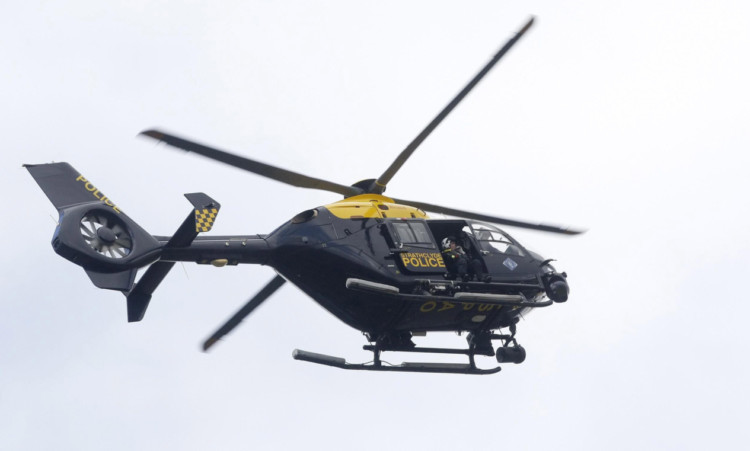
Air investigators arrived in Glasgow today for the painstaking task of working out what went wrong.
As dawn broke, firefighters covered the wreckage in tarpaulins and police officers were seen searching the streets around the pub for debris.
But the first priority of the Air Accidents Investigation Branch (AAIB) was to recover any black box flight data recording equipment that may have been on the crashed helicopter.
It’s hoped this will give investigators details of the flight’s final moments, including any commands given by the pilot.
There is no shortage of witnesses, but investigators will also interview officers in the police control centre which was directing the helicopter.
The AAIB, as with all its investigations, will want to make known any safety-critical findings as soon as possible as they will have a bearing on the operation of other similar helicopters.
But it could be some time before the exact cause of the accident is known and the AAIB is able to publish a full and detailed final report.
After the groundwork is completed the AAIB will have the wreckage of the helicopter removed with a giant crane and taken to its headquarters in Farnborough in Hampshire.
It’s generally reckoned helicopter accidents are usually caused by three main things operational error, mechanical malfunction and electrical malfunction.
Helicopter pilots face a difficult time whenever they fly.
The very nature of the craft means the slightest thing going wrong can lead to a catastrophe.
In contrast, the pilots of a large commercial aircraft could be faced with any number of problems and still be able to get their plane down safely.
The AAIB was established by the Royal Flying Corps during the First World War and brought the UK to the forefront of accident investigation.
It’s on permanent standby at 30 minutes’ notice to travel to anywhere in world if there is British involvement in major air accident.

Enjoy the convenience of having The Sunday Post delivered as a digital ePaper straight to your smartphone, tablet or computer.
Subscribe for only £5.49 a month and enjoy all the benefits of the printed paper as a digital replica.
Subscribe